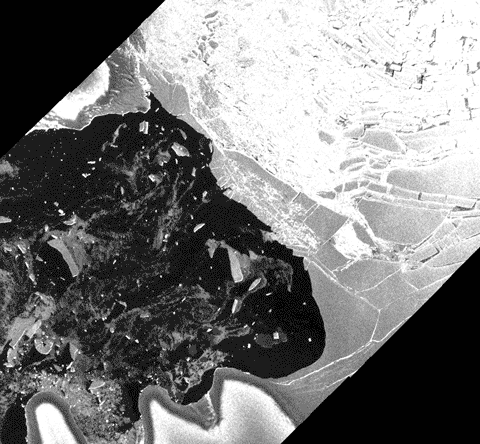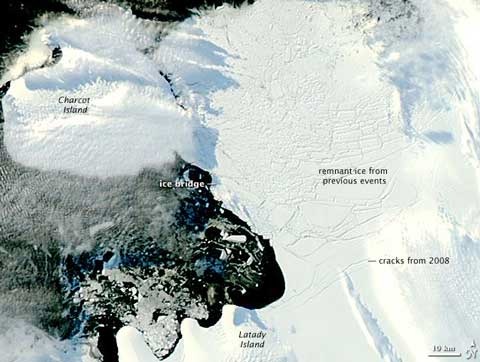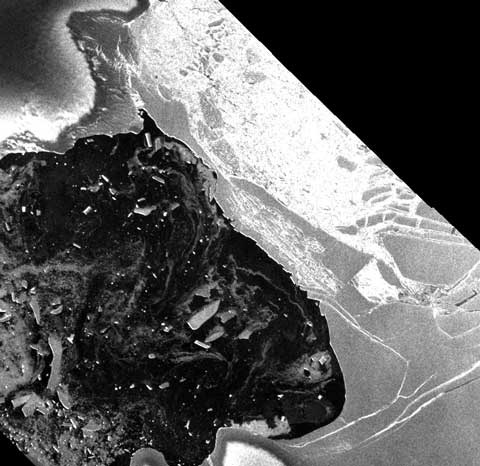 Sea level rise is usually considered to be a relatively slow process, at least in human terms. Even a one metre rise over the next century (well within the bounds of possibility) is “only” one cm a year. It seems like a small number, even if when those small numbers start accumulating they bring big problems for coastal communities. Faster rates of rise are known from the past — up to a metre every 20 years during Meltwater Pulse 1A, a 5 metre sea level surge 14,000 years ago, as the great northern ice sheets broke up and the ice age ended. These sorts of rates are not generally considered likely for the near future, because we are in an interglacial and the most vulnerable ice melted a long time ago. However, a paper(*) in Nature this week suggests that a sea level surge of 2 – 3 metres 121,000 years ago, as the last interglacial was drawing to a close, could have taken place in as little as 50 years. Andy Revkin at the New York Times quotes from the study:
Sea level rise is usually considered to be a relatively slow process, at least in human terms. Even a one metre rise over the next century (well within the bounds of possibility) is “only” one cm a year. It seems like a small number, even if when those small numbers start accumulating they bring big problems for coastal communities. Faster rates of rise are known from the past — up to a metre every 20 years during Meltwater Pulse 1A, a 5 metre sea level surge 14,000 years ago, as the great northern ice sheets broke up and the ice age ended. These sorts of rates are not generally considered likely for the near future, because we are in an interglacial and the most vulnerable ice melted a long time ago. However, a paper(*) in Nature this week suggests that a sea level surge of 2 – 3 metres 121,000 years ago, as the last interglacial was drawing to a close, could have taken place in as little as 50 years. Andy Revkin at the New York Times quotes from the study:
“The potential for sustained rapid ice loss and catastrophic sea-level rise in the near future is confirmed by our discovery of sea-level instability†in that period, the authors write.
The NYT is careful to point out that this new information is controversial, and will need confirmation before it’s accepted (see Revkin’s DotEarth blog post), but the most interesting feature of this sudden rise (if confirmed) is that it took place during an interglacial warmer than present, when sea level was higher, and when large parts of the Greenland and West Antarctic ice sheets are thought to have melted. In other words, melting ice sheets are prone to very rapid ice loss. The bounds of what’s possible in our future just took another step outwards.
(*) Rapid sea-level rise and reef back-stepping at the close of the last interglacial highstand, Paul Blanchon, Anton Eisenhauer, Jan Fietzke & Volker Liebetrau, Nature 458, 881-884 (16 April 2009) doi:10.1038/nature07933

 “It’s a strange, evil, gorgeous, horrible, fantastic place,” calls out photojournalist
“It’s a strange, evil, gorgeous, horrible, fantastic place,” calls out photojournalist 

